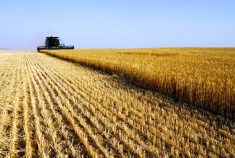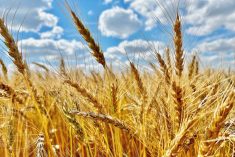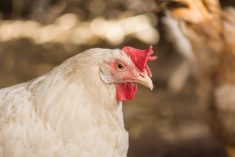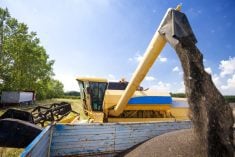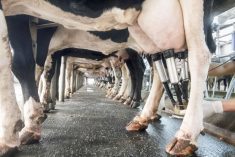BEIJING (Reuters) – China will consider domestic and international prices when setting subsidies for cotton and soy farmers as it moves away from a controversial stockpiling scheme, a top official said on Wednesday.
Beijing confirmed on Sunday that it would stop hoarding the two commodities from this year but has not yet given details on the size of the subsidies to be handed out to farmers instead.
The size of subsidies is key for international cotton markets as it will impact how much locally-grown fibre is available in the world’s top buyer of the commodity, in turn affecting appetite for imports.
Read Also
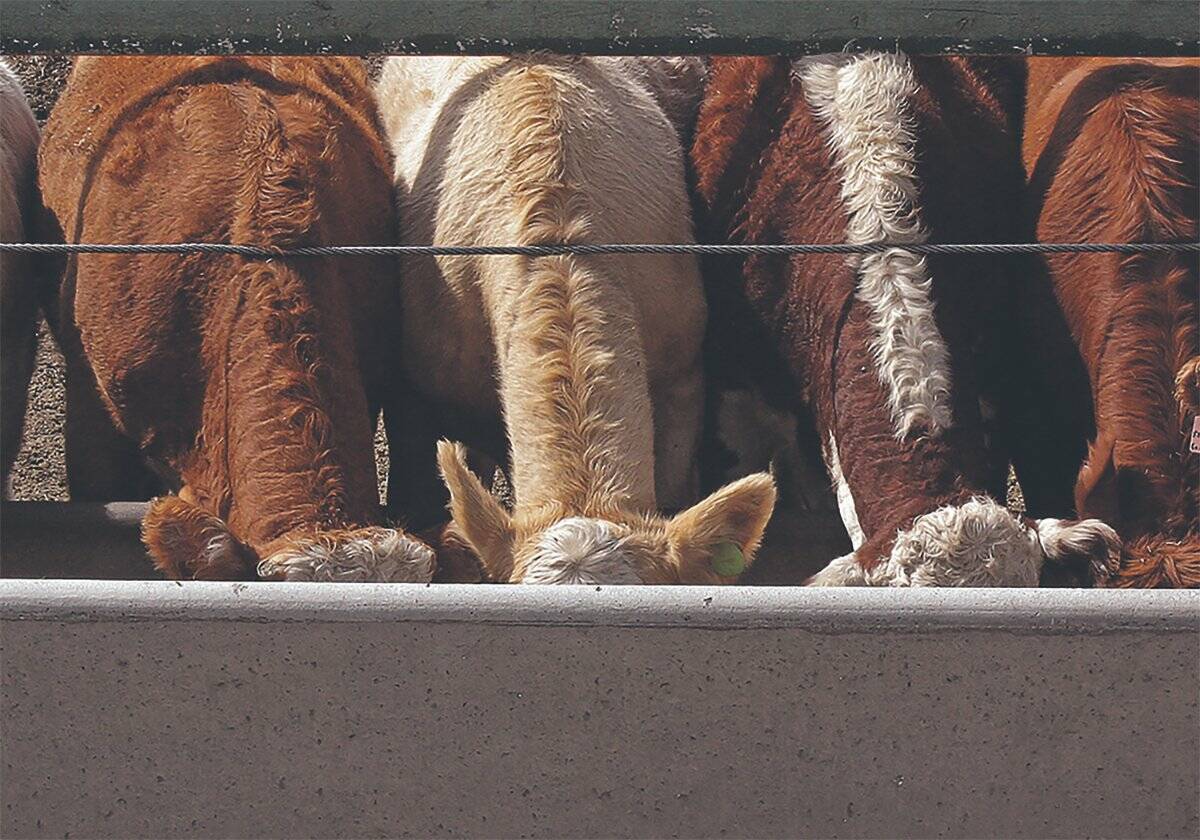
Ample supplies and improved livestock sector to boost Canadian feed sector: FCC
Abundant feed grain supplies and improved profitability for the livestock sector should support strong feed demand and sales through the winter, says a new report from Farm Credit Canada.
China’s soy purchases will be less influenced by the shift from stockpiling as most crushers in coastal regions are already largely dependent on imports.
The subsidies, to be tested first in the north-east and Inner Mongolia soy-growing areas and in key cotton region Xinjiang, will be based on a target price, according to a document issued on Sunday, with producers earning a subsidy when the market price falls below this target price.
The reference price will involve market factors to a greater extent than support schemes used in the past, Chen Xiwen, head of the Communist Party’s rural affairs working group, told reporters at a media briefing.
“Setting the minimum purchase price and the stockpiling price maybe was previously more based on farmers costs and reasonable profits,” he said.
“So now to fix the reference price, we need to consider more elements, one is domestic supply and demand and at the same time we also need to consider international market prices.”
Chen added however that international prices were complex, with freight costs and import duties also influencing the gap with local prices.
The new subsidy scheme will be rolled out following the autumn harvest, added the official.
“From now until autumn, we’ll carefully research the price that is appropriate for farmers, that farmers can accept and that the market doesn’t have big problems with,” Chen said.





